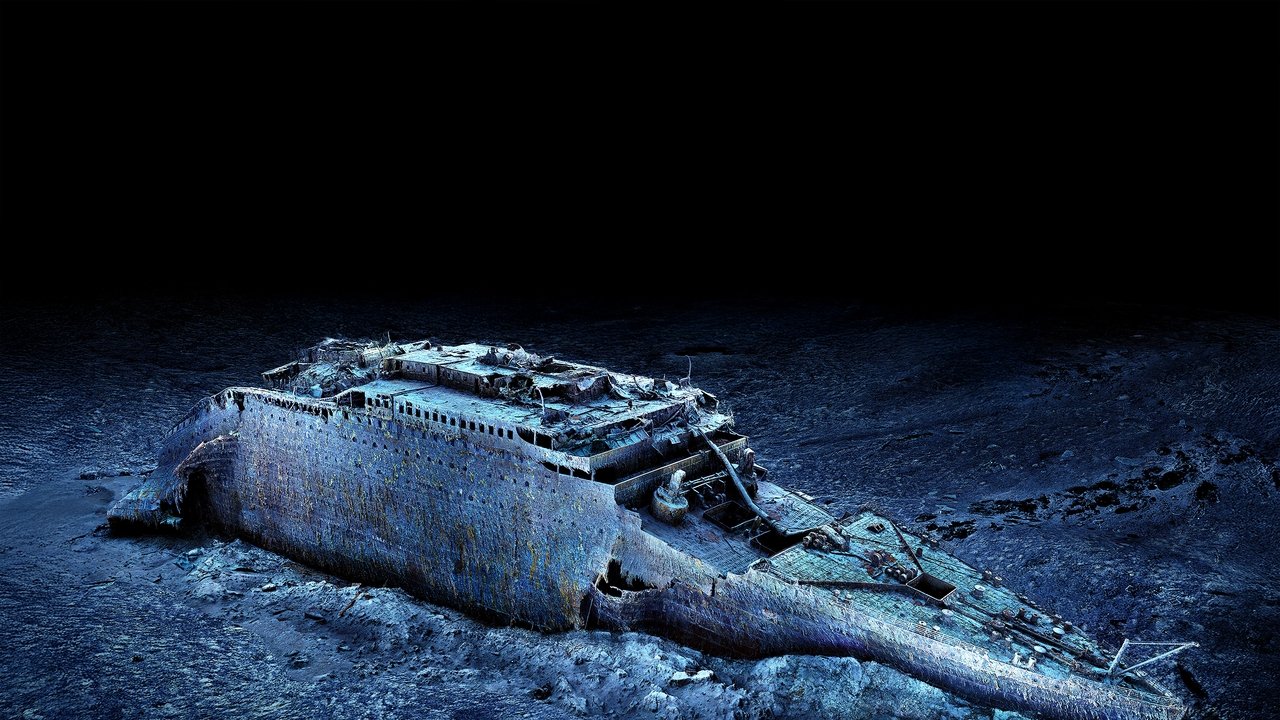
 Titanic: The Digital Resurrection
Titanic: The Digital Resurrection
Titanic: The Digital Resurrection

Using cutting-edge scanning technology and state-of-the-art CGI, a team of experts creates the first high-resolution 3D digital twin of the Titanic wreck. Through a groundbreaking immersive investigation, they uncover the ship’s final moments, shedding light on the acts of heroism and cowardice aboard—and revealing the true story behind the sinking of the “unsinkable” ship.







The idea behind “Titanic: The Digital Resurrection” is, on paper, pretty fascinating: to use the most advanced underwater scanning tech ever applied to a shipwreck to recreate, with near-perfect precision, the wreck of the Titanic and the massive debris field surrounding it. And honestly, on a technical level, the documentary is a milestone. The visual detail is jaw-dropping—from the first descent of the remotely operated cameras to the stunning digital flyovers of the wreckage, everything is captured with a level of realism you rarely see in this kind of production. The team at Magellan, who processed over 700,000 images across two years to build a 3D model of the ship, deserves serious props. Visually, it really does feel like we’re walking across the Titanic for the first time—not through some Hollywood dramatization, but through the real, mangled, ghostly remains sitting 3,800 meters below the surface.
But while the technical precision is impressive, the storytelling doesn’t always keep up. The documentary jumps between genuinely interesting discoveries and pretty flimsy conclusions, like it’s trying to stretch some of its findings into something groundbreaking when, really, they just confirm what we already figured out decades ago. For example, the assumption that a certain mast’s position means the crew was trying to launch another lifeboat as the deck was going under—it comes off as a bit obvious, even naive. Sure, it’s cool to see the steam valve that kept the lights on during the final moments, but that’s not new, and it doesn’t really change our understanding of anything. What’s missing is a sense of true investigative purpose. Instead of breaking new ground, the film often leans on speculative interpretations and old myths dressed up as fresh revelations.
Maybe the documentary’s biggest win—aside from the tech—is how it shows the disaster for what it really was: brutal, violent, and far from the polished, almost theatrical image we’ve gotten from films like James Cameron’s “Titanic.” “Titanic: The Digital Resurrection” gives us a shattered scene, where the ship was literally ripped in half with staggering force. The break-up theory is explored here with surgical precision, backed by solid explanations about accumulated structural stress and the cascading failure of key components. That kind of analysis, supported by modern simulations and scan data, actually contributes something meaningful to how we understand the tragedy. This is where the film really shines—not when it tries to reconstruct a crew member’s final steps based on a single detail, but when it lets the Titanic’s physical remains tell the story more than a century later.
Another strong point is the respect the film tries to maintain for the site as a mass grave. The Titanic-as-tomb idea is handled seriously, though the documentary does run into some contradictions. It wrestles with the ethical stance of “look but don’t touch” versus the archaeological urgency of preserving, studying, and maybe even retrieving artifacts before the wreck decays completely. The comparison to Pompeii is a powerful one and raises legitimate questions about what’s actually being done—or blocked—in the name of honoring the dead. The criticism that banning access to the ship’s interior is keeping important discoveries out of reach is valid and presents a moral dilemma that any future Titanic project will have to reckon with.
That said, there’s definitely something a little forced in how the film tries to tie tiny pieces of evidence to specific historical figures. Efforts to dramatize things like a bracelet or a pair of binoculars by identifying their supposed owners often feel out of place—random curiosities in a film that should be leaning harder into scientific precision than emotional pull. And at times, it tips into full-on sensationalism, like when it tries to turn every twisted piece of metal into some major clue, even when there’s just not enough to support the theory. That kind of thing distracts from the genuinely significant findings and waters down the impact of the real contributions.
All in all, “Titanic: The Digital Resurrection” is a stunning technological achievement that unfortunately stumbles when it comes to narrative structure. The quality of the 3D images is beyond question—they’re historical records that’ll stick around, especially since the Titanic itself is being eaten away by iron-eating bacteria at a terrifying pace and may vanish entirely in a few decades. But while the film dives deep into the ocean, it rarely dives as deep into the analysis. You get the feeling there was a more powerful, more insightful documentary hiding somewhere in the shadows of the wreckage and the silence of history, but the script, maybe too eager for answers or mass appeal, decided to keep things on the surface.